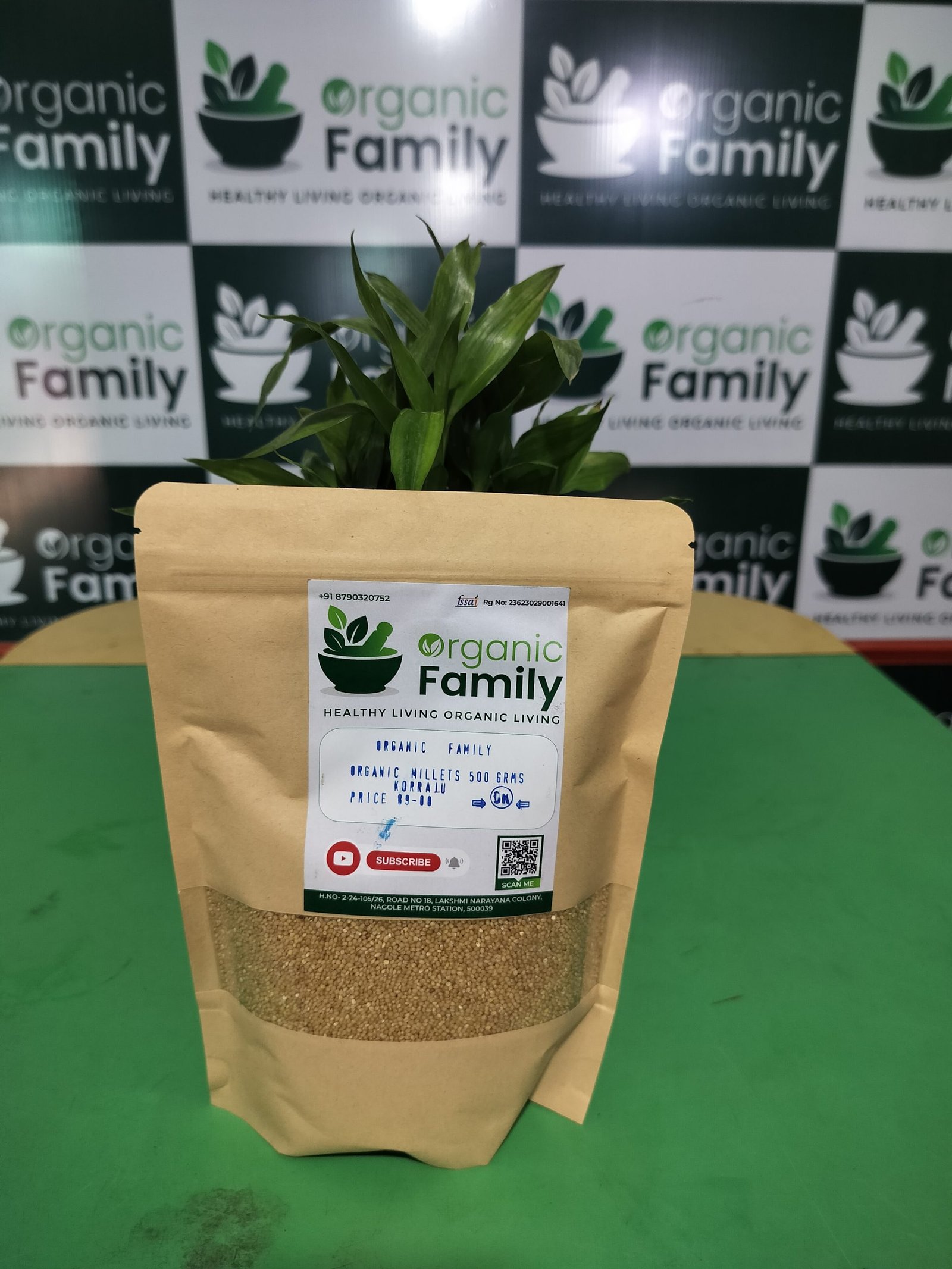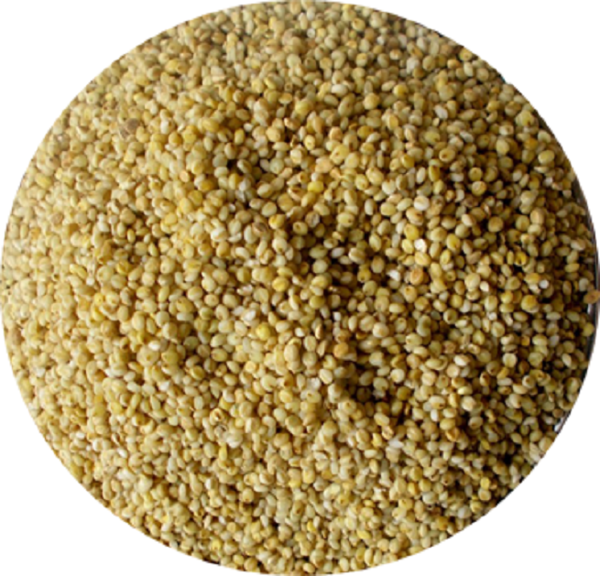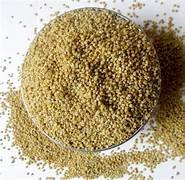No products in the cart.
-
Here are several health benefits of korallu or millets which you might never read before. As the substitute food, millet can fulfil your daily carbo needs by its 79% carbo containing and more than 11% protein, which is higher comparing to rice or potato.
- Ladies and Gentlemen! Welcome millets back with another round of applause and as you scroll down, we will tell – all you need to know about Foxtail millet, the second-most widely grown species in the world after Pearl millet. Well, everything related to millets is kind of mysterious, right from the benefits, how long to soak, how to cook and how to relish and Foxtail millets are no exception.
These tiny seeds around 2 mm in size, covered in thin, crispy hull, usually available in light yellow-brown, rusty black go with the scientific name Setaria italica, is an annual crop grown in arid and semi-arid regions. Historians believe that this gluten-free cereal cultivation dates back to 8000 years and have evidence it was grown extensively alongside Yellow River in Cishan, China.
We Indians too are not alien to this nutrition loaded millet variety. It was mentioned in the ancient Sangam literature of Tamil Nadu, old texts in Tamil language and is associated with the worship of Lord Muruga and His consort Valli. Foxtail millets go with different names in our country. It is known as Kangni in Hindi, Korralu in Telugu, Thinai in Tamil, Thina in Malayalam and Priyangu in Sanskrit. Foxtail millets are equally popular in other countries. It is cultivated extensively in the dry and uplands of Southeast Asia and it is getting popular in Northern America and Europe. Internationally, it is referred with various names includes Chinese millet, Foxtail Bristle Grass, Dwarf Setaria, Italian millet, Red Rala etc.
Additional information
| SIZE | 500 G, 1000 G |
|---|








Reviews
There are no reviews yet.